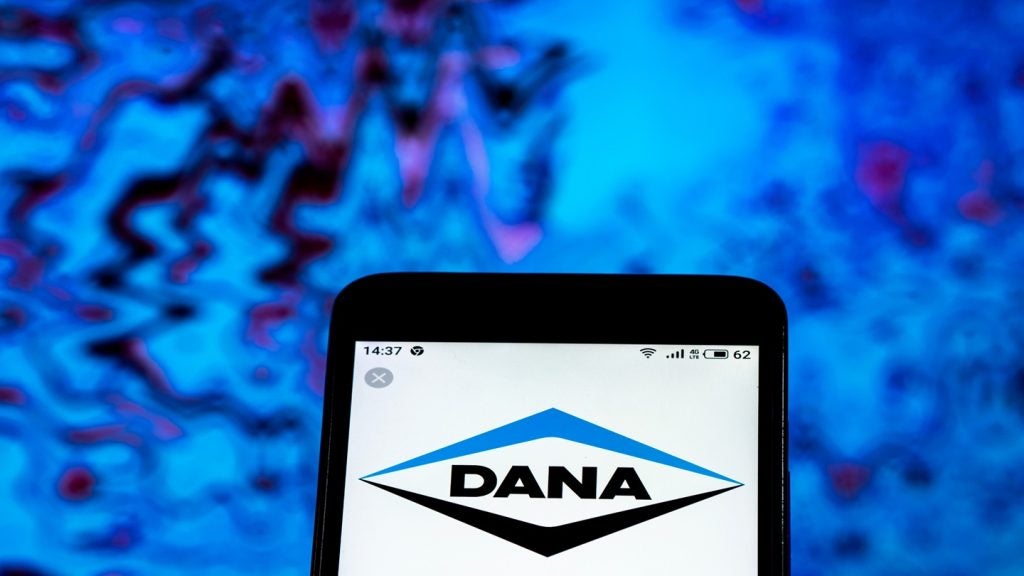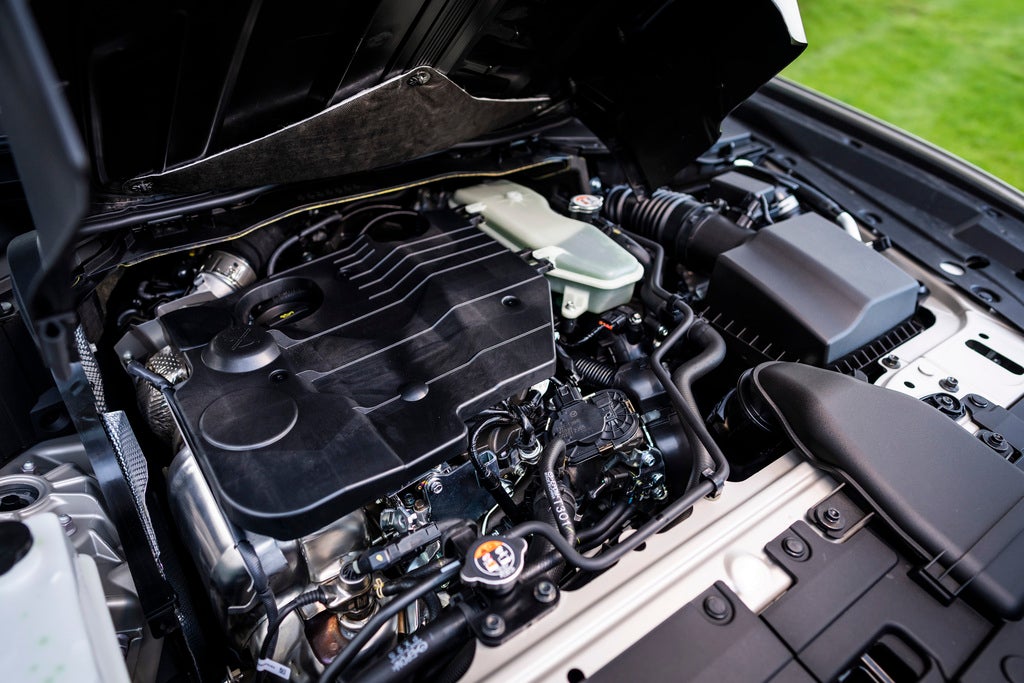 July data, taken in conjunction with the two preceding months, confirmed that demand has for the present bottomed out after the rapid declines of the first four months of the year. The selling rate was 14.3 mn cars/year in July, similar to the average for May and June.
July data, taken in conjunction with the two preceding months, confirmed that demand has for the present bottomed out after the rapid declines of the first four months of the year. The selling rate was 14.3 mn cars/year in July, similar to the average for May and June.
- The industry continued to benefit from a level of UK sales that, on our reading of the normal seasonal pattern, was back close to the record levels seen between September and March last year. Without this massive boom, it would not be possible to speak yet of stabilisation in the region as a whole. In the Eurozone, and indeed in the whole of Western Europe apart from the UK, the level of demand has now retreated back to what it was in mid-1997, and the downward trend is more pronounced.
- Hopes of a visible boost to Italian new-car sales from the measures announced at the start of the month were disappointed by the July figures. Indeed, July was one of the weakest months in the recent past. However, a higher level of incoming orders suggests a positive effect in coming months.
- German, Spanish and French sales were surprise-free, and in line with recent trends.
- Since July 2001 had five Sundays, and July 2002 only four, the year-on-year comparison once again fails to capture the true extent of the change.
The 14.3 mn units/year selling rate last month should cause neither relief nor despair. It confirms the much lower level of demand, but it also shows that the precipitated decline in sales between December and April has now given way to a period of stabilisation. The industry’s dependence on the UK, the only major market that is still in a boom phase, has intensified once more. The only surprise in the outcome for other major markets was the absence so far of any increase in Italian registrations. It may, however, have been too early for the incentives announced in the first half of last month to have worked their way through the system into the registrations data. The 3.9% year-to-date decline in West European sales becomes a little lower – 3.8% – if the accession countries to the East are added in. July produced a welcome sign of improvement in the Polish data, which, together with Turkey, has been one of the main sources of weakness in the region.
If we focus on total light vehicles, as opposed to total cars, the cumulative year-on-year decline comes out at 4% for Western Europe and 3.7% for the wider region.
The chart below shows total West European sales. The squares represent the total number of cars sold in a year, while the hollow dots represent the selling rate in individual months, and the continuous line represents a moving average of these. We indicate the latest two months. The most recent numbers underlying this chart are appended in the table at the end of this note.

The selling rate in Germany was close to its average of 3.2 mn units/year for the year to date. However, it did not quite maintain the promise seen in June, when sales of more than 308,000 cars produced a selling rate of 3.4 mn units/year. Consumer confidence, perhaps surprisingly, maintained its recent improvement during July, though, as the unexpectedly poor results of IFO’s survey showed, business sentiment deteriorated. Matching this improvement, the trend line in the selling rate still appears to be pointing hesitantly upwards. Of course, that 3.2 mn rate is still a low one in a historical perspective, similar to what was seen during the recession of 1993. Moreover, the order intake of new cars is reported to be continuing to disappoint, suggesting no early end to the sales famine.
How well do you really know your competitors?
Access the most comprehensive Company Profiles on the market, powered by GlobalData. Save hours of research. Gain competitive edge.

Thank you!
Your download email will arrive shortly
Not ready to buy yet? Download a free sample
We are confident about the unique quality of our Company Profiles. However, we want you to make the most beneficial decision for your business, so we offer a free sample that you can download by submitting the below form
By GlobalDataThe Italian government’s decision last month to exempt the purchasers of small new catalysed vehicles (whether new or used) from ownership tax for three years did not have any visible positive impact on sales during July. ANFIA, representing manufacturers, and UNRAE, representing foreign marques, both drew comfort from the modest (7.4%) year-on-year sales decline, but, given the extra selling day, and the below-trend figure last year, we find that surprising. The selling rate continued to trend downwards last month, and was lower than in any previous month this year except April. It is possible that the uncertainty during the first half of the month may actually have reduced new vehicle registrations, and that processing of registration data may have been held back by bureaucratic confusion over how to implement the incentives. The incentives package did, however, boost incoming orders, which rose to their highest level in July since the end of last year (when they were boosted by the launch of the Fiat Stilo). UNRAE points out that orders rose particularly strongly in the South (where the stock of uncatalysed cars is concentrated), and that smaller vehicles benefited disproportionately (both being good news for Fiat).
French sales of just under 200,000 cars in July were exactly in line with the recent trend. The selling rate of 2.2 mn cars/year is quite consistent with the very gradually declining trend that we have seen since last year. As such, the results for July provided some reassurance, given the signs of weakness elsewhere in Eurozone car markets. Soon after the holiday period, the arrival of the new Megane is expected to boost the order intake, though it will be some time before the new model shows up in the sales data. However, the sharp decline in the level of consumer confidence last month sounded a warning note, not just to the automotive industry, but to a region in which French consumers have been one of the few sources of domestic demand growth.
Dealer sales of nearly 196,000 units in July in the UK pushed the selling rate (include an estimate for non-dealer sales) back to 2.7 mn units/year for the month. While that is slightly lower than the average selling rate seen at the peak of the market, from last September to March, it is still an exceptionally strong result, and puts into perspective the rather weaker (2.5 mn units/year) selling rate over the April-to-June period. Whether or not the market has come off the boil, it is certainly still scalding hot, fuelled by a combination of still-soaring house prices, a reduction in new car prices, estimated by Alliance and Leicester at nearly 13% over the three years to June, low interest rates, and low unemployment.

Notes:
Austria, Denmark, Ireland, Luxembourg and Switzerland: estimates for latest month
Italy: latest month provisional estimate by Motorizzazione, previous months based on estimate of eventual revisions to Motorizzazione data.
Spain and Portugal: figures include sports utilities, which are reported separately from cars.
Germany estimated from data excluding final days of month.
UK: includes estimates for non-dealer sales.
The percent change in the final column compares the average selling rate in the year-to-date with the last full year.
The average of the seasonally adjusted selling rate for an entire year is by definition the total of sales in the year.
The selling rate of 1.4 mn units/year in Spain was in line with the average for the year to date, and indicates a degree of stabilisation, at a much lower level than last year, after the rapid declines of the first four months of this year. The share of sales going to rental companies slipped back, and these accounted for a large proportion of the year-on-year decline in July, though over the year to date such sales have declined slightly less than the remainder of the market. Consumer confidence, which had deteriorated sharply in June, did not improve in July.
Sales in Sweden and Finland showed a stronger trend, going some way to offsetting the continued decline in the other smaller countries in the region.







